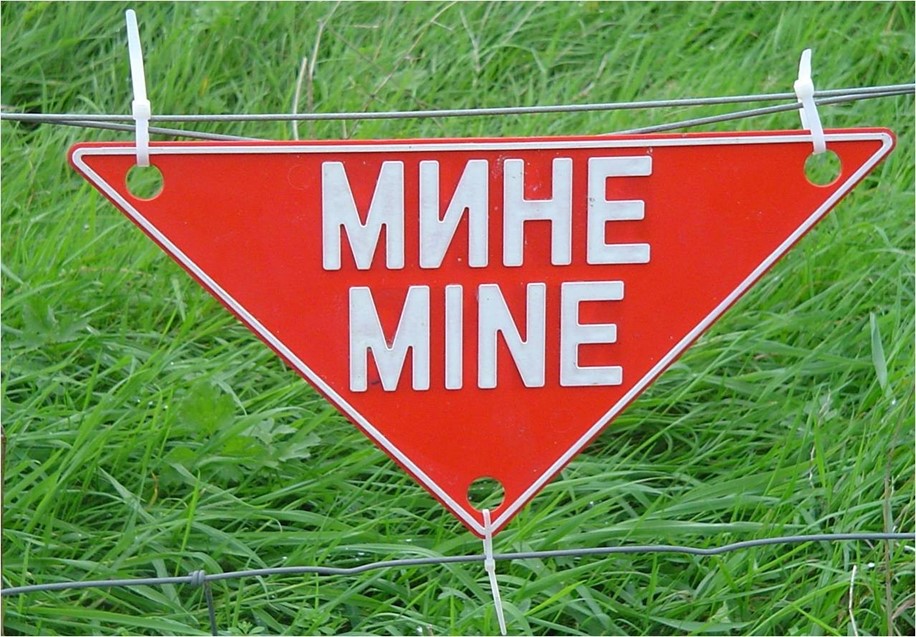Explosive Ordanance Disposal (EOD)
Global Bodyguard Service Explosive Ordnance Disposal technicians render safe all types of ordnance, including improvised, chemical, and biological.
They perform land and underwater location, identification, render-safe, and recovery (or disposal) of foreign and domestic ordnance.
Explosive ordnance disposal (EOD) is a key asset in the protection of military and civilian personnel, critical assets, infrastructure, and
public safety. Ordnance and explosive threats are present during all phases of joint operations.
Contingency Operations:
During contingency operations, the EOD team are critical enablers that bring a specialized set of knowledge, skills, and abilities to an AO.
Working in teams of two to three technicians, an EOD team provides the supported commander with the capability to render safe and dispose of all types of explosive ordnance, IEDs, and homemade
explosives.
EOD also provides technical information that contributes to the targeting process and allows for a rapid change in TTPs based on enemy activity.
Post-blast investigations conducted to recover blast remnants and evidence enables commanders to gain a better understanding of the threats that their units are encountering.
In the area of countering-improvised explosive devices (C-IED), explosive ordnance disposal (EOD), and demining, we provide courses and seminars, and workshops.
All these activities will be carried out through the “train‑the‑trainers” concept, so that trained personnel can in the future provide their training to new trainees.
IED clearance can take place in rural, semi-urban, and urban locations and is divided into open area IED clearance and infrastructure and urban space clearance.
Ranges of procedures within IED clearance:
1. Detect
2. Locate
3. Access
4. Identity
5. Hazard Mitigation
6. Evaluation
7. Render Safe
8. Recording & Recovery
9. Final Disposal
Select your language
Follow us!













